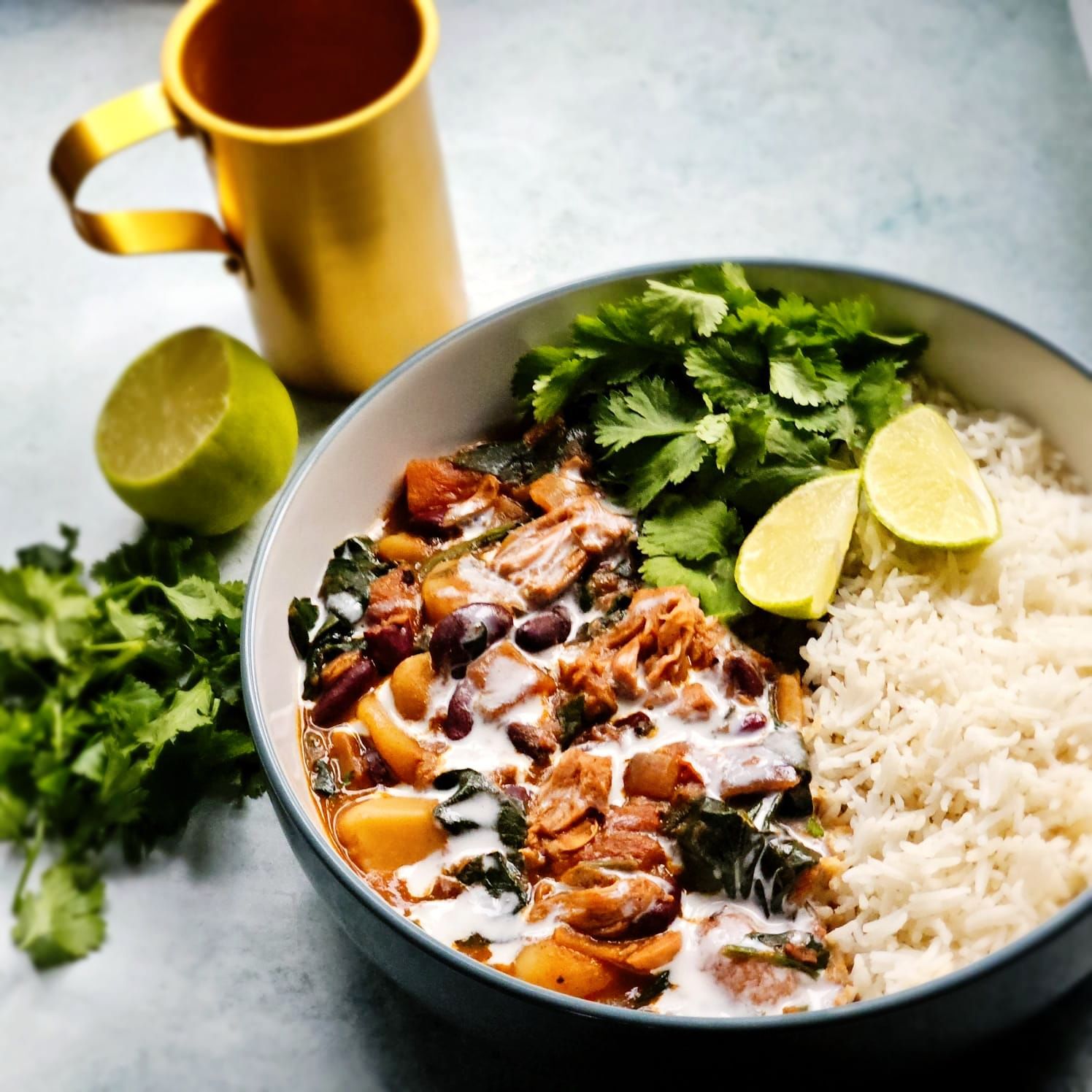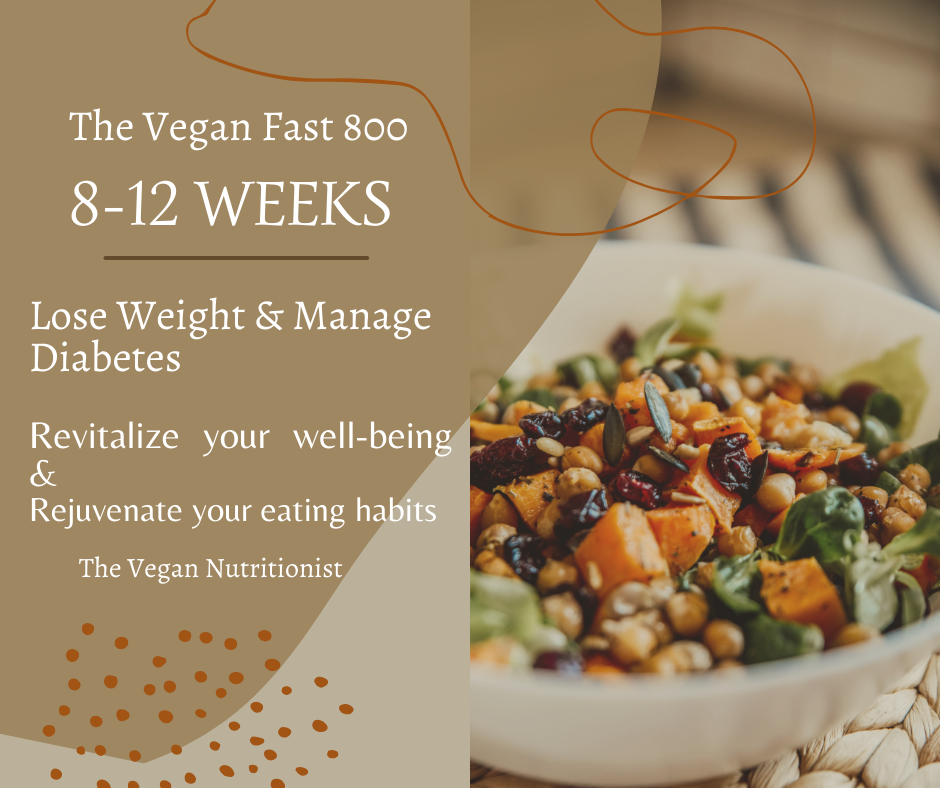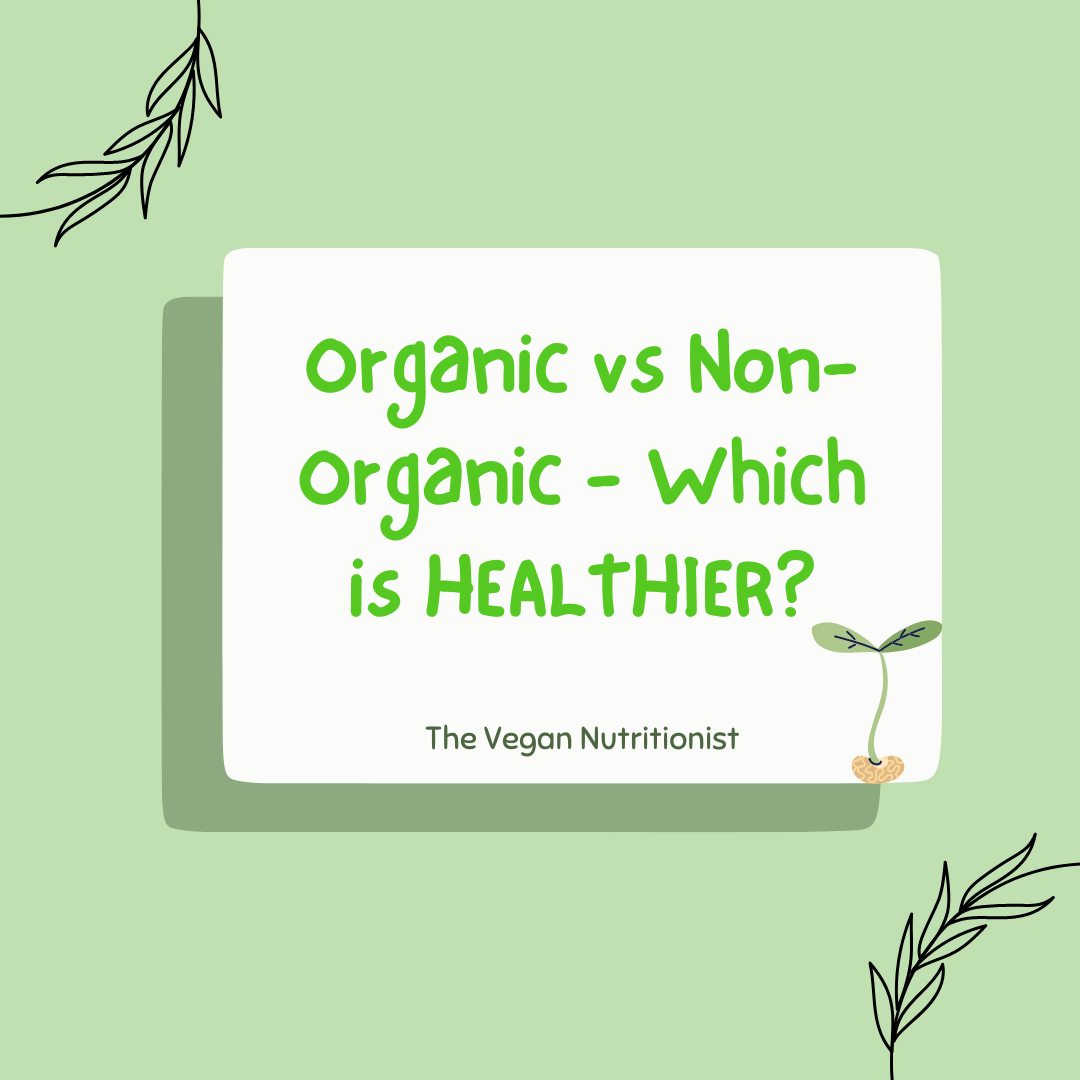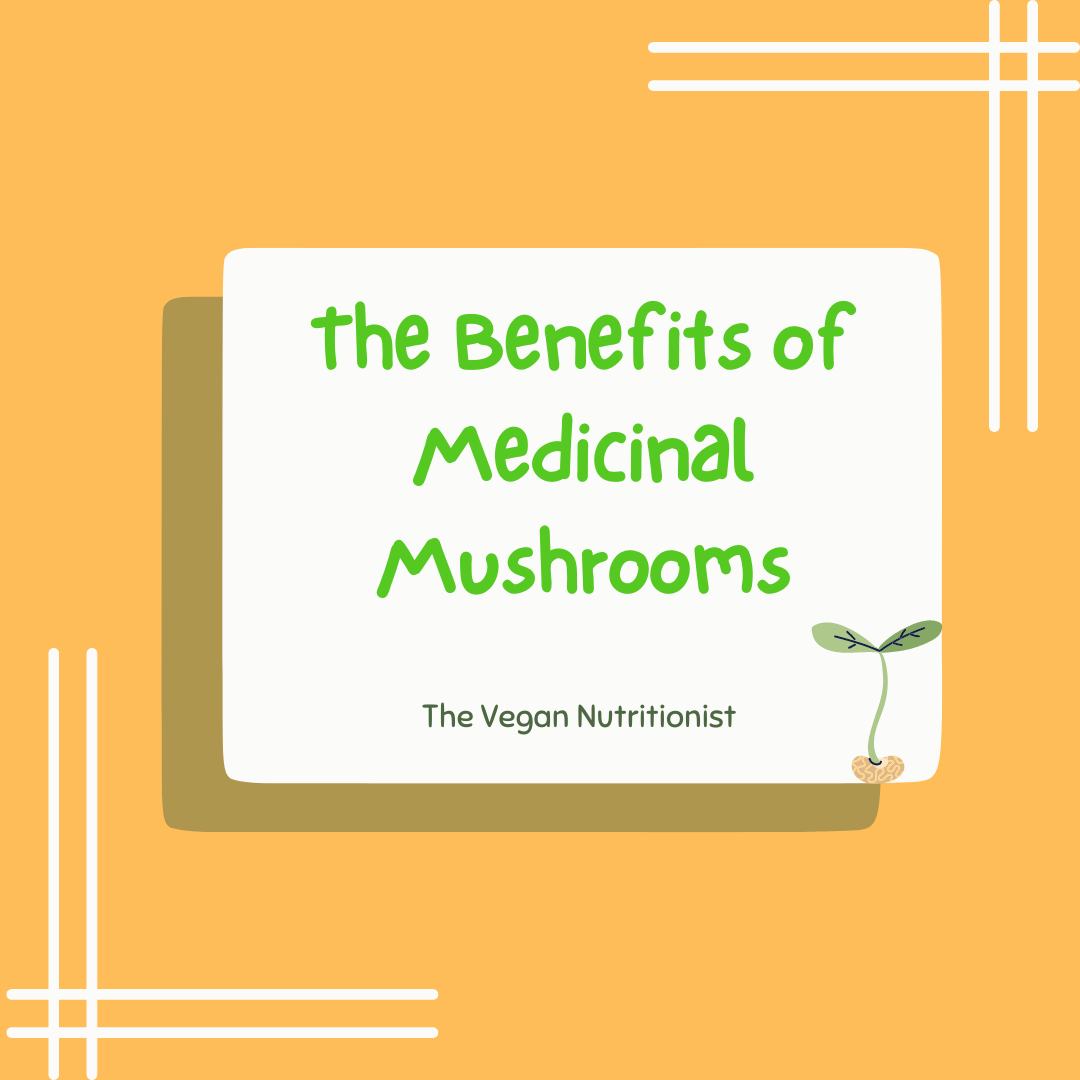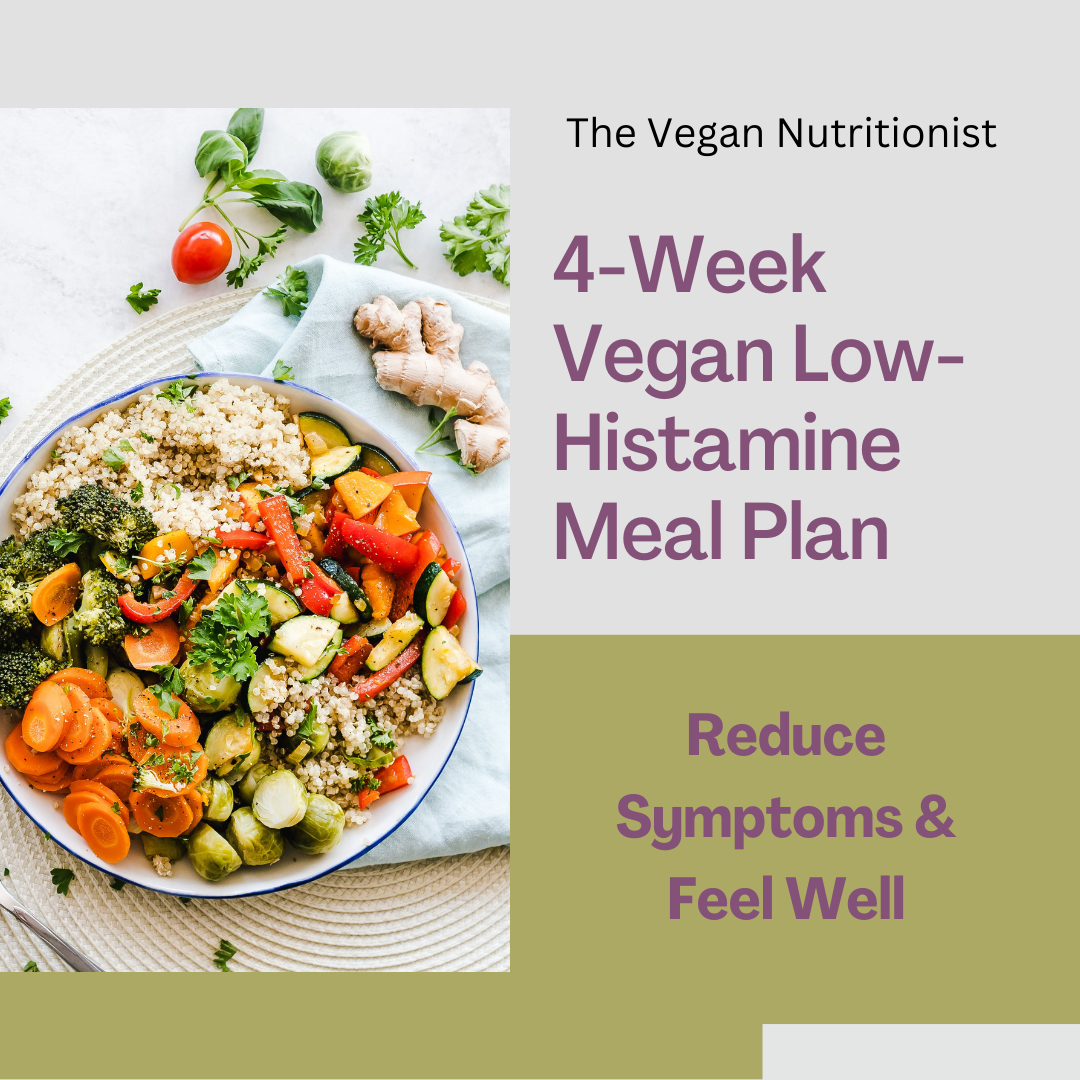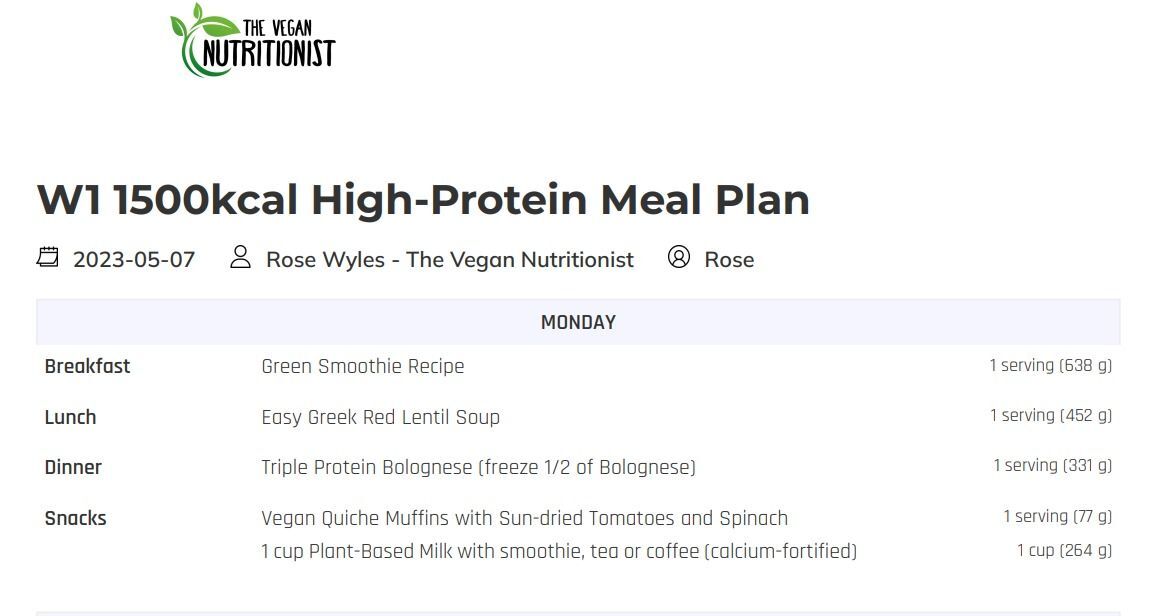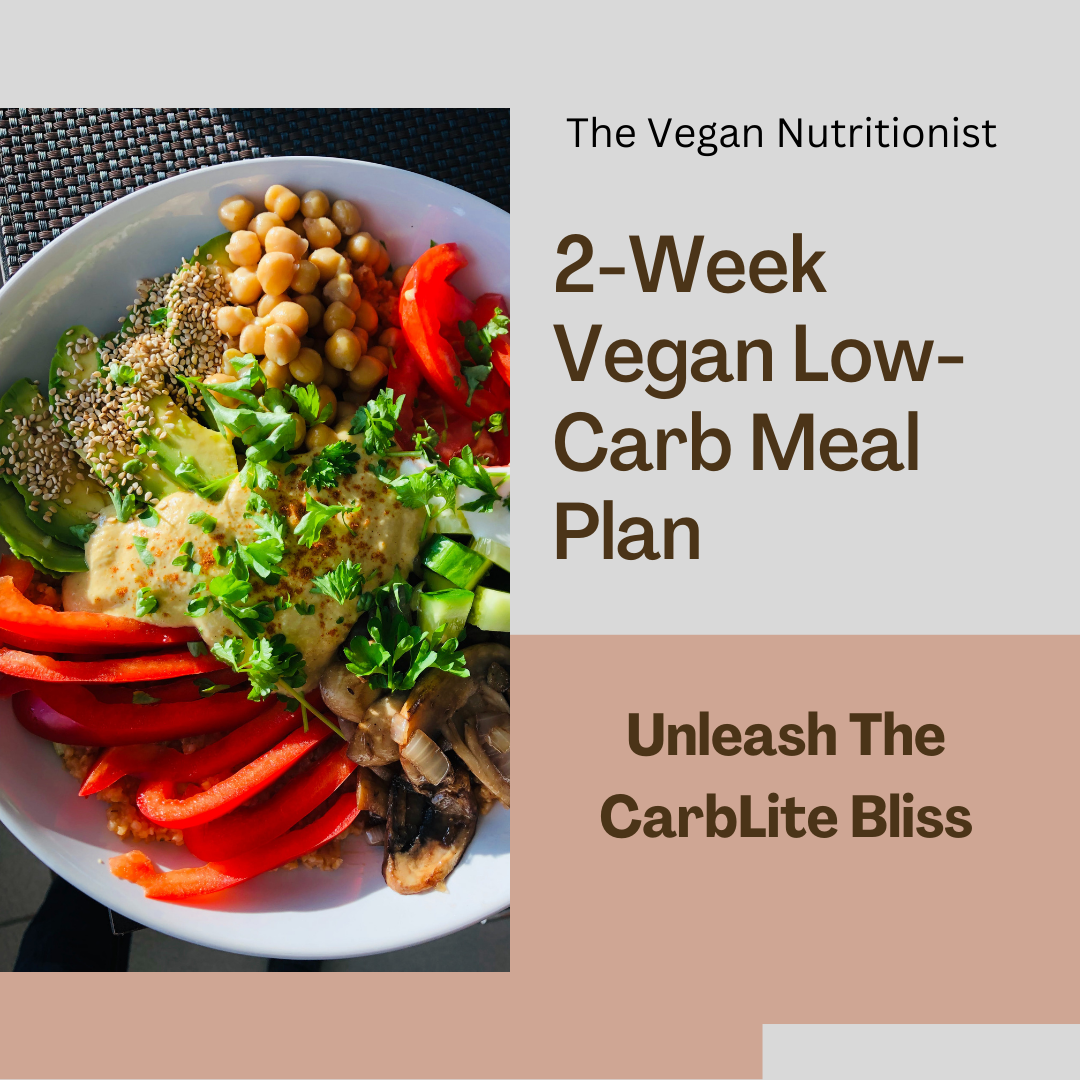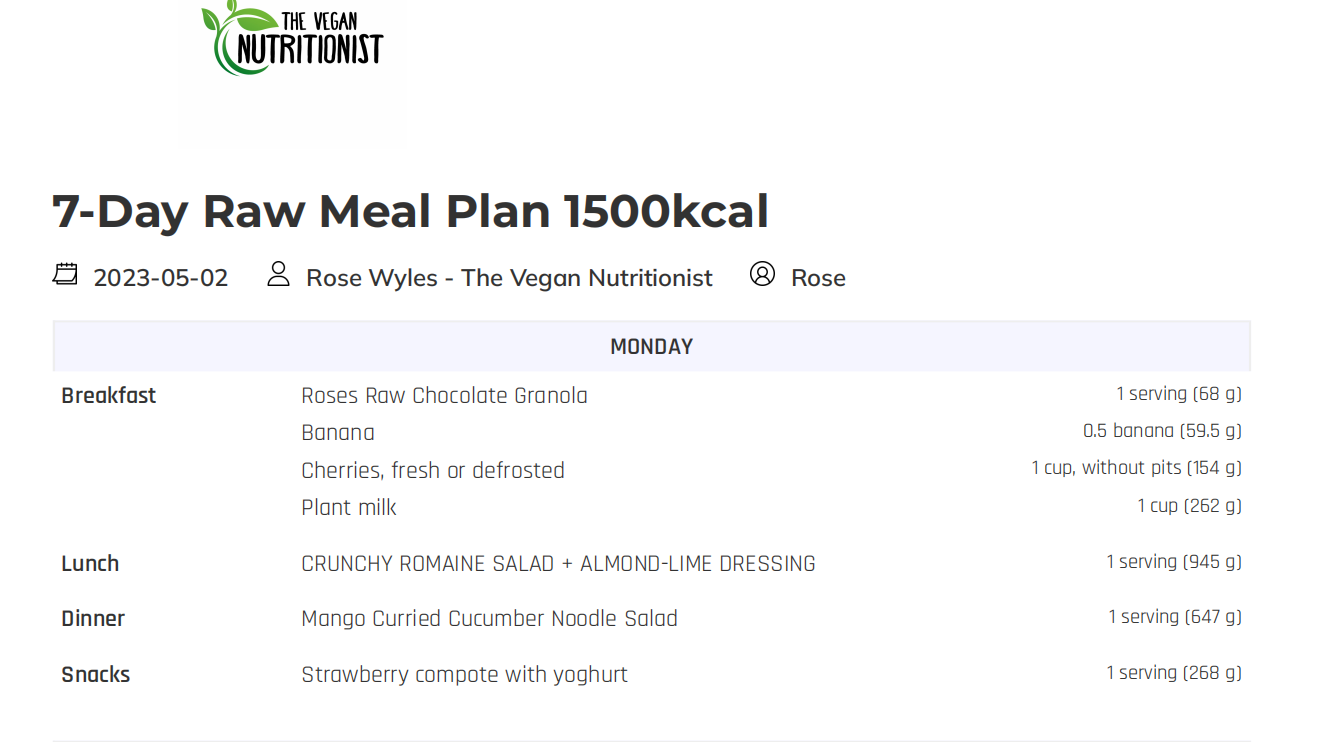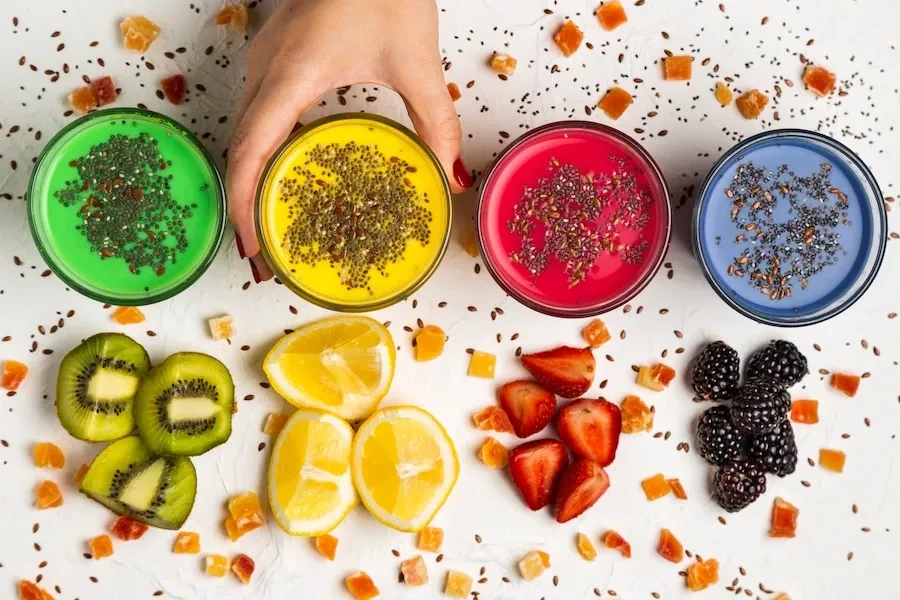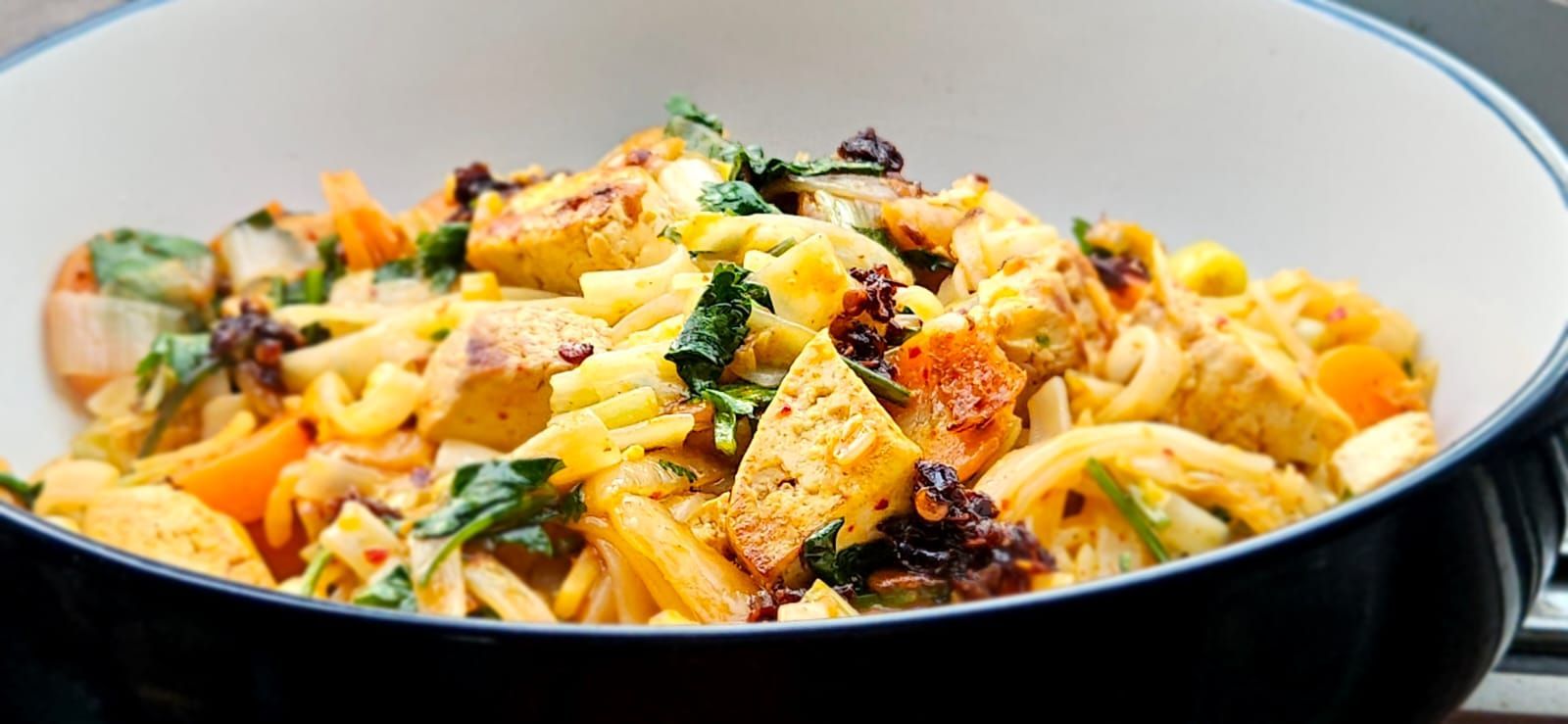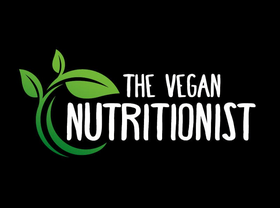Lentil Curry with Black Rice
Move over dhal as this will surely become your new favourite lentil curry dish.

This recipe is one that I make time and time again with different variations depending on what I have in stock, as it's a great recipe towards the end of the week when you don't have so much fresh food. This is the kind of recipe where you want to open your larder, select a few ingredients to throw them all in a pot for an easy, tasty meal.
Who doesn't keep rice and lentils handy? They are both cheap ingredients available in pretty much every country around the world, yes, maybe not the fancy puy lentil and black rice; however, any will do, and you will get a similarly tasty result! For me, they are a staple food that everyone should have a good stock of all the time.
I usually keep the same base components for this curry the same, and use puy lentils when I have them, and experiment with different types of rice such as wild rice, red rice, and this time I made it with black rice, which didn't disappoint!
The black rice brings a great texture to the flavour of the curry, and the creaminess of the lentils topped with the yogurt is very satisfying to your palate. Also, it doesn't have to be spicy, as you can use whichever curry powder blend you prefer.
This lentil curry recipe works excellent with other types of rice and lentils. However, if you're like me and like trying new ingredients to diversify your nutrient intakes further, I recommend giving this puy lentil and black rice combination a go!
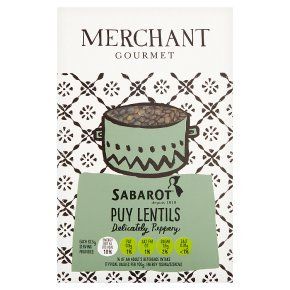
I love using Puy Lentils in recipes, they are probably my favourite lentil to use as they carry accompanying flavours brilliantly, hold their shape well during the cooking process, bulk up meals, and provide high levels of nutrients such as protein and iron, as well as being low in fat and high in fibre. They are also a great alternative to meat, other legumes, and potatoes.
Puy lentils are a small green version of this important food group. They are extremely nutritious and provide good levels of nutrition across all areas of their nutrition profile. As a food group, after soya and hemp they have the highest protein amounts of any beans and they provide up to 30% of their calories this way.
The biggest proportion of this is in the form of fibre, soluble fibre in particular. Soluble fibre, when found in plentiful supply, will result in efficient removal of cholesterol and excessive bile acids in the intestine. Brown lentils and their green cousins Puy lentils contain a higher concentration of dietary fibre than their red cousins at 31% rather than 11%.
A 100g, cup of lentils will provide 60g carbohydrate, 31g dietary fibre and the merest trace of fat at 1g. Other vital nutrients found will include 122mg magnesium, 479mcg folate, 56mg calcium, 7.54mg iron, 122mg magnesium, 451mg phosphorus, 955 mg potassium and 4.78mg zinc.
One of the most widely thought of nutritional benefits associated with lentils is the way they interact with cholesterol. Soluble dietary fibre collects in the colon in the form of a colloidal gel. This gel collects harmful LDL cholesterol, preventing it from reaching the bloodstream and promoting the more beneficial HDL cholesterol. This interaction slows down or even removes the risk of arteriosclerosis whilst ensuring, through the availability of HDL cholesterol, that blood vessels remain at their most flexible thus maintaining low blood pressure.
A study of 16,000 men who had all types of diet, across 7 countries showed an 82% reduction in the risk of death from heart disease where legumes including lentils were present in the diet. A further study recorded 12% less coronary heart disease and 11% less cardio vascular problems in 10,000 Americans who consumed 5g fibre on a daily basis.
Energy production is reregulated by the methylation cycle. It is a metabolic process and folate, present in Puy lentils is critical to this process. Folate has also been identified as having a role in the management of many depressive conditions in adults.
Magnesium maintains the health of blood vessels by acting as a guard against unwarranted electrical impulses from elsewhere in the body. Where magnesium is present in correct quantities blood vessels relax due to the shielding effect of magnesium and this leads to better managed blood pressure.

Black rice is rich anthocyanins which act like potent antioxidants fighting free radicals and have been shown to offer anti-inflammatory, anti-viral, and anti-cancer benefits. Anthocyanins are recognised by the deep purple colour present also in other foods such as red cabbage, aubergine and blackberries.
Inflammation is the human body’s response to the presence of harmful bacteria, pathogens, viruses or substances; and it is one of the reasons that the body is able to heal itself. Occasionally, inflammation will become acute or chronic and won’t subside easily (or at all). While there are specific drugs that can be used to treat these conditions, they tend to be expensive and come with possible side effects. The best method for avoiding inflammation is prevention, but until now there weren’t many options to choose from; enter black rice.
While the full results are still being studied, recently conducted research suggests that black rice can protect against (chemically induced and possibly other types of) inflammation. The full breadth of uses and possible applications for Black Rice are still being studied as we speak. Black Rice is proving to be one of the most amazing and beneficial ‘super foods’ available.
This research may very well lead to the possible development of new drugs and / or treatment therapies for a wide range of ailments. In fact, there are more than a few research teams all over the world that are studying the potential medicinal uses of black rice, most of this research will most likely lead to the development of new and safer drugs to treat a wide range of conditions.
Here is an excerpt from a recently published report on the subject:
“Feeding mice a standard diet with added 10% black rice bran also significantly suppressed DNFB-induced allergic contact dermatitis on the skin of the mice. By contrast, a non-pigmented brown rice bran extract did not inhibit the TPA-induced edema and failed to significantly suppress production of pro-inflammatory biomarkers (mediators). These in vivo findings further demonstrate the potential value of black rice bran as an anti-inflammatory and anti-allergic food ingredient and possibly also as a therapeutic agent for the treatment and prevention of diseases associated with chronic inflammation.”

Lentil Curry with Black Rice Recipe
- 1 onion
- 1 red bell pepper, cubed
- 1 inch ginger, chopped
- 4 garlic cloves, chopped
- 1 carton of tomato passata 500ml
- 1/3rd block of creamed coconut or 1/2 tin coconut milk
- 1 1/2 cup of dried puy lentils, rinsed
- 1/2 a lemons juice
- 2 tbsp curry powder, mild for non-spicy
- 1 1/2 cups dried black venus rice
- 2 cups water, more if needed
- 1-2 chili peppers, sliced
- 1 tbsp coconut yogurt per bowl
- Fresh coriander
- Start cooking the black rice in a big pan with lots of water, takes around 30 minutes to cook.
- Whilst your rice is cooking, pan fry chopped onion, pepper, garlic, ginger in a little water.
- Add the rest of the curry ingredients and simmer for around 25-30 minutes until the lentils are cooked through.
- Turn off the heat and stir in the lemon juice.
- Drain and rinse the black rice well with kettle-boiled water.
Share this Post!
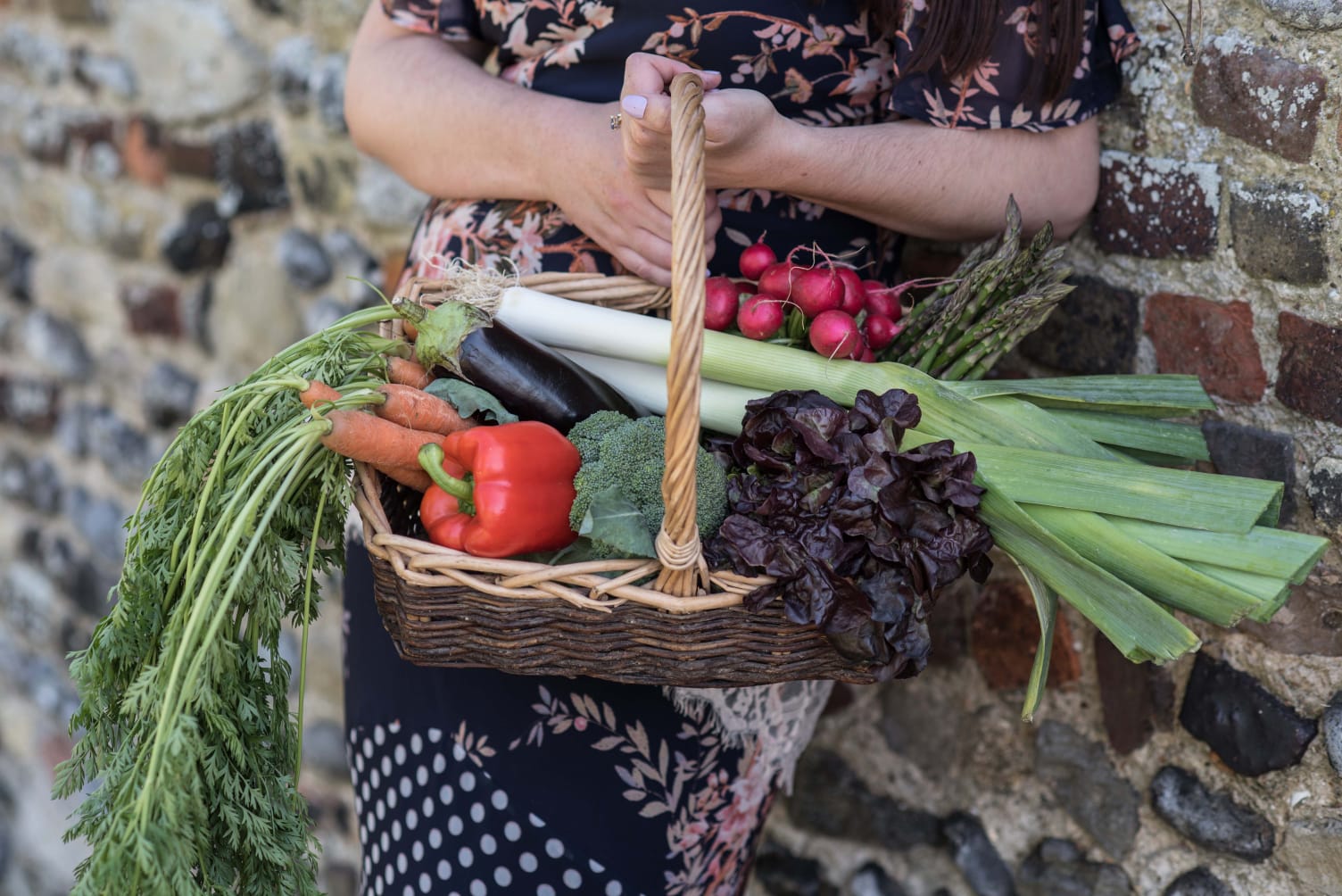
Reach out by sending me an email
Need assistance with your diet or health goals? I'm here to help. Send me a message and I'll be in touch.





